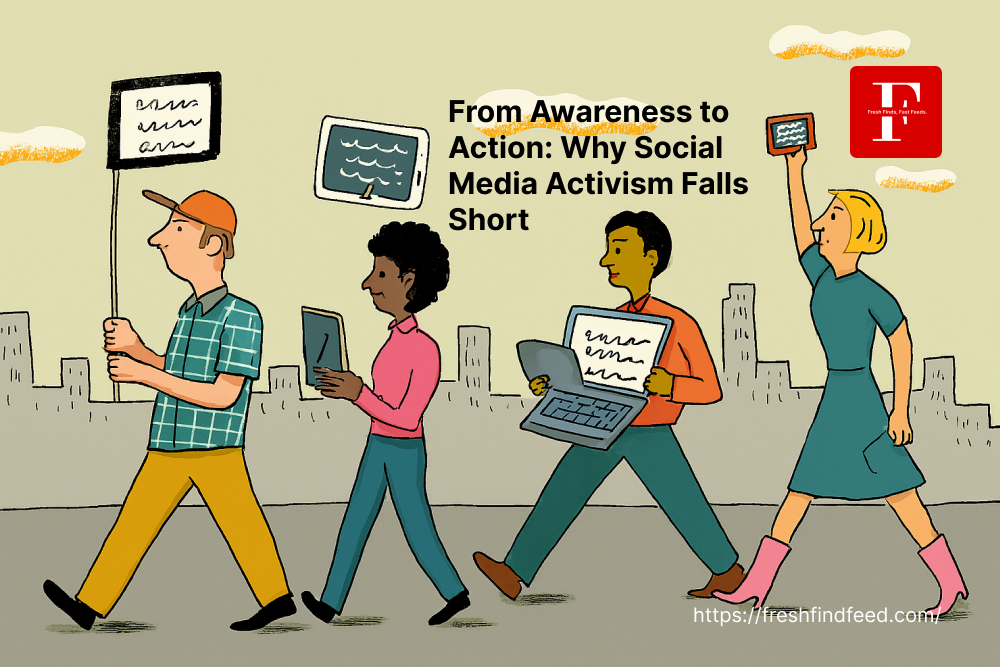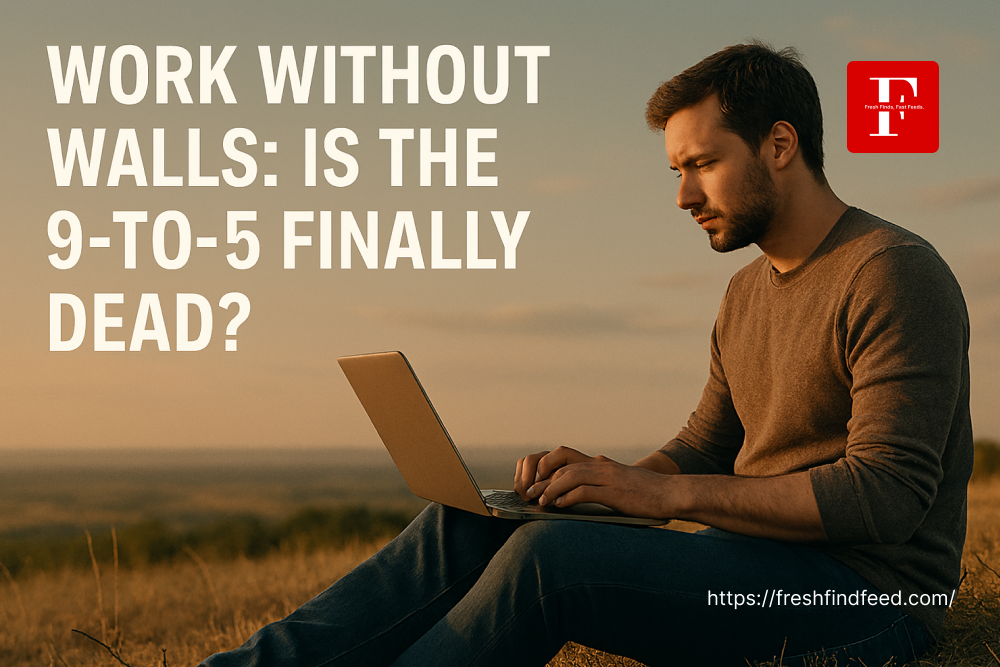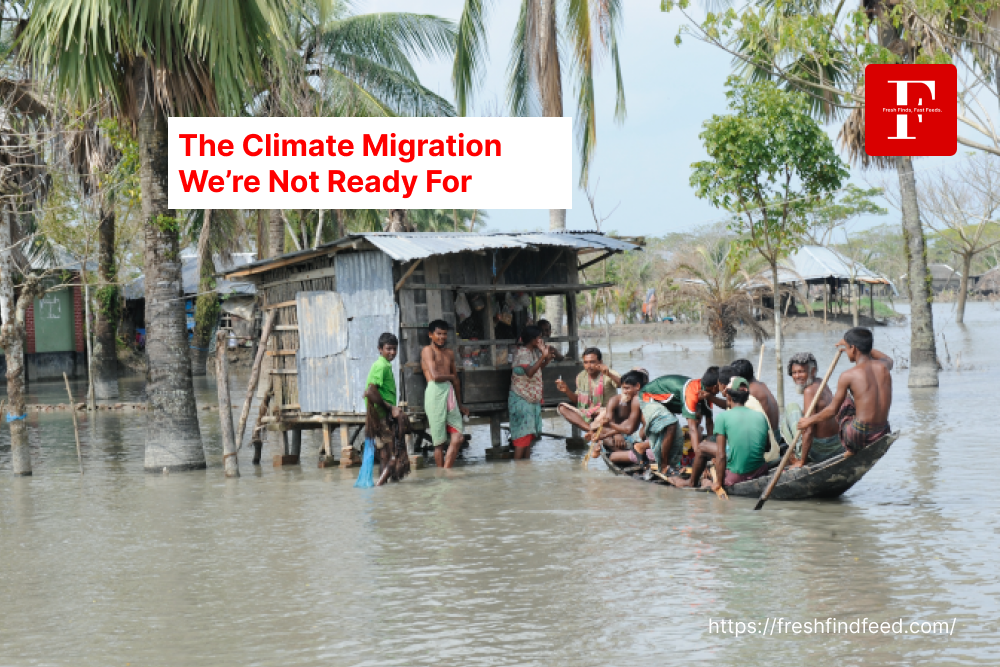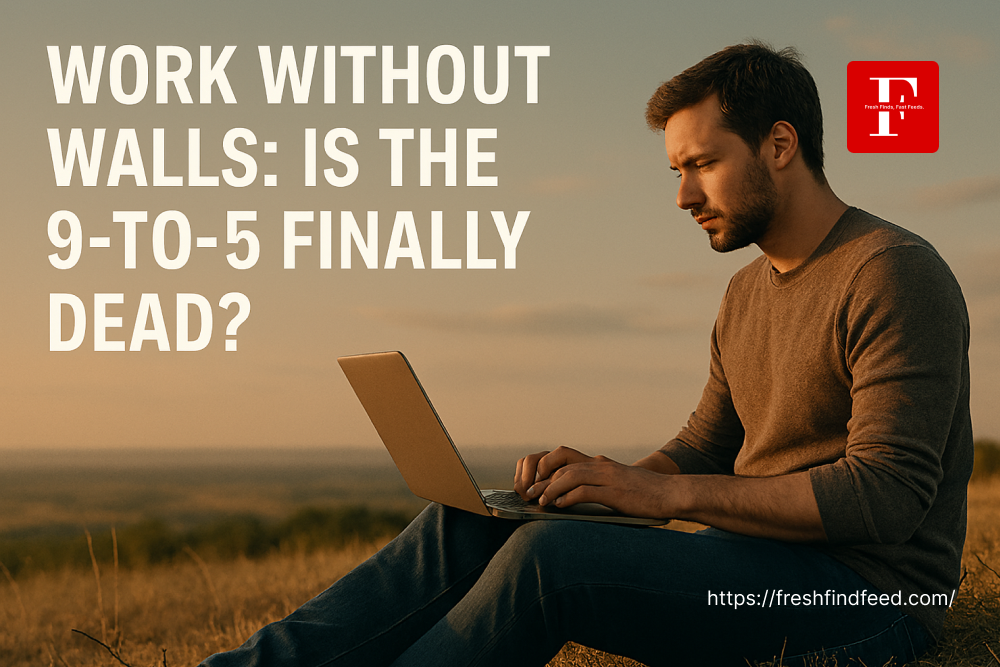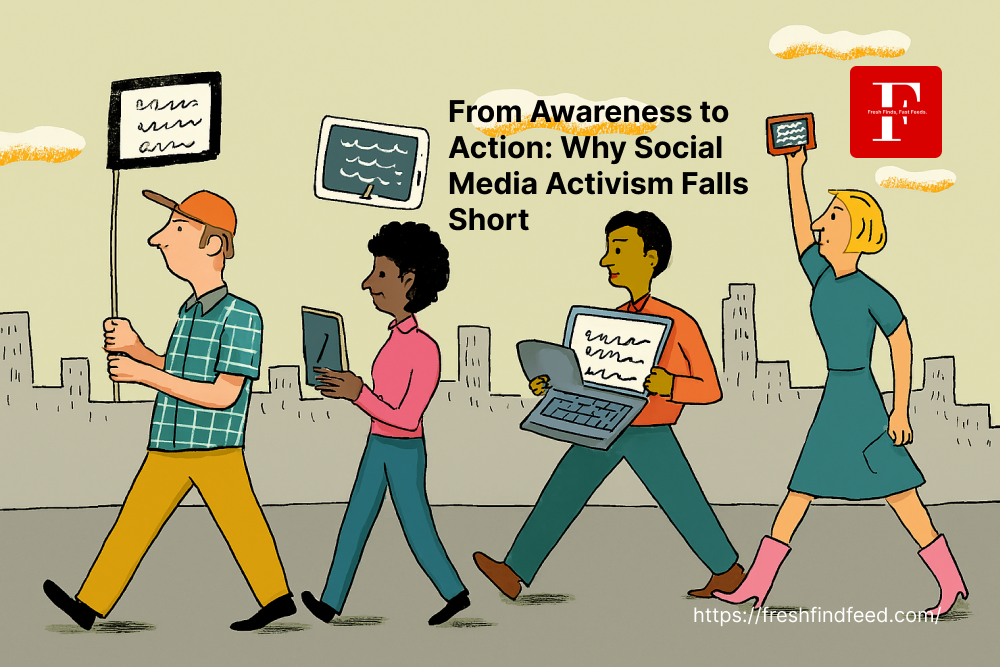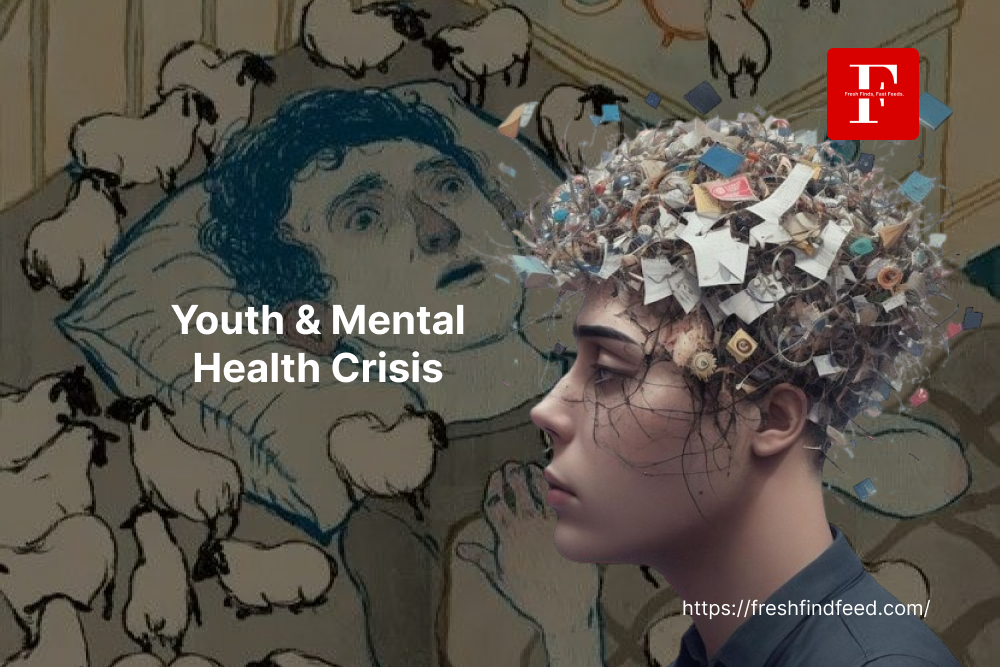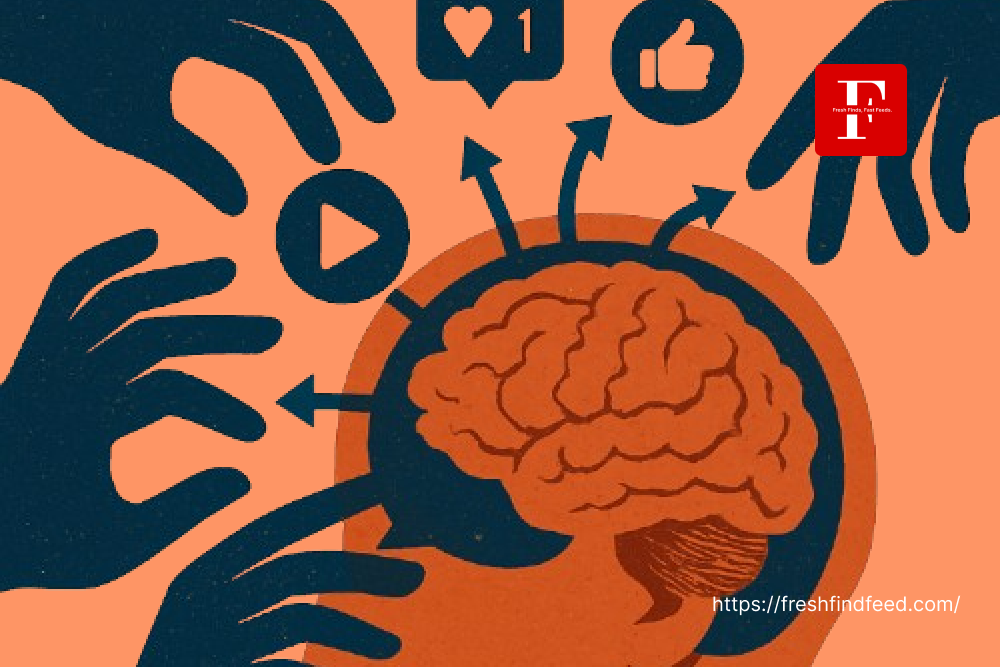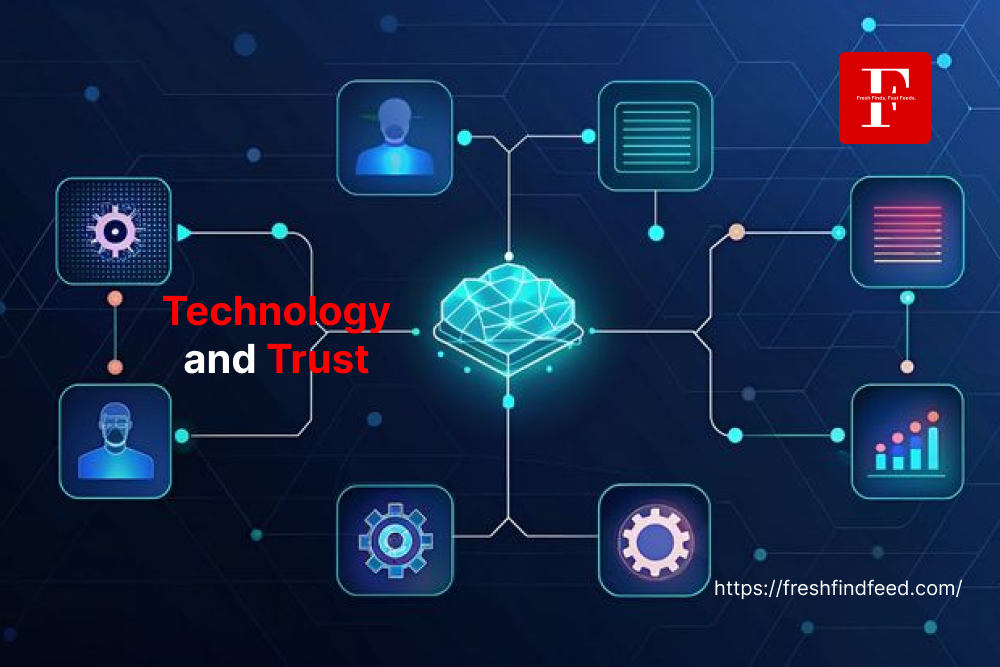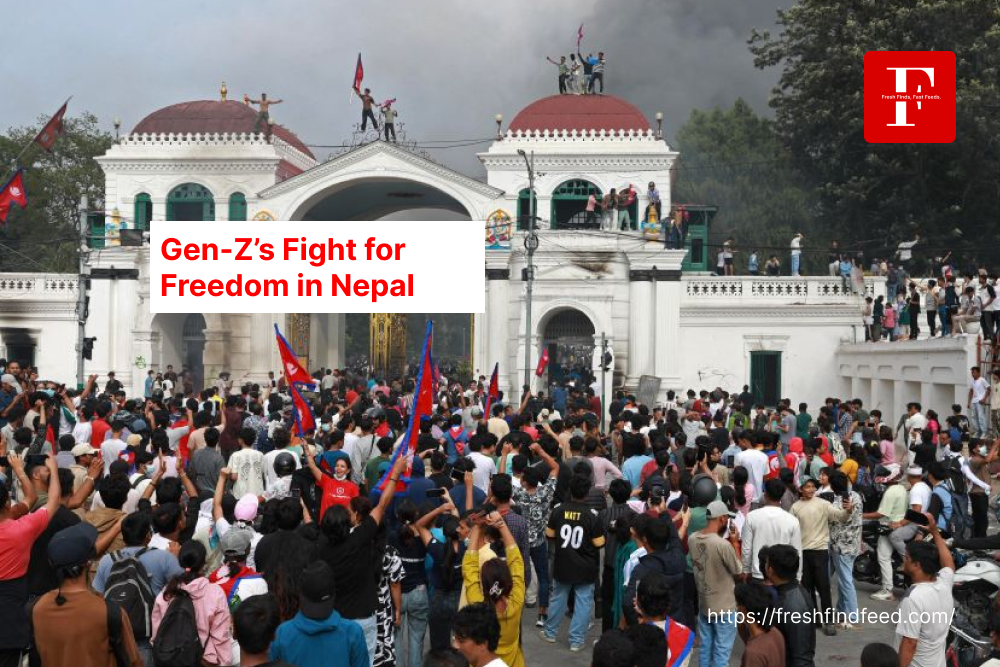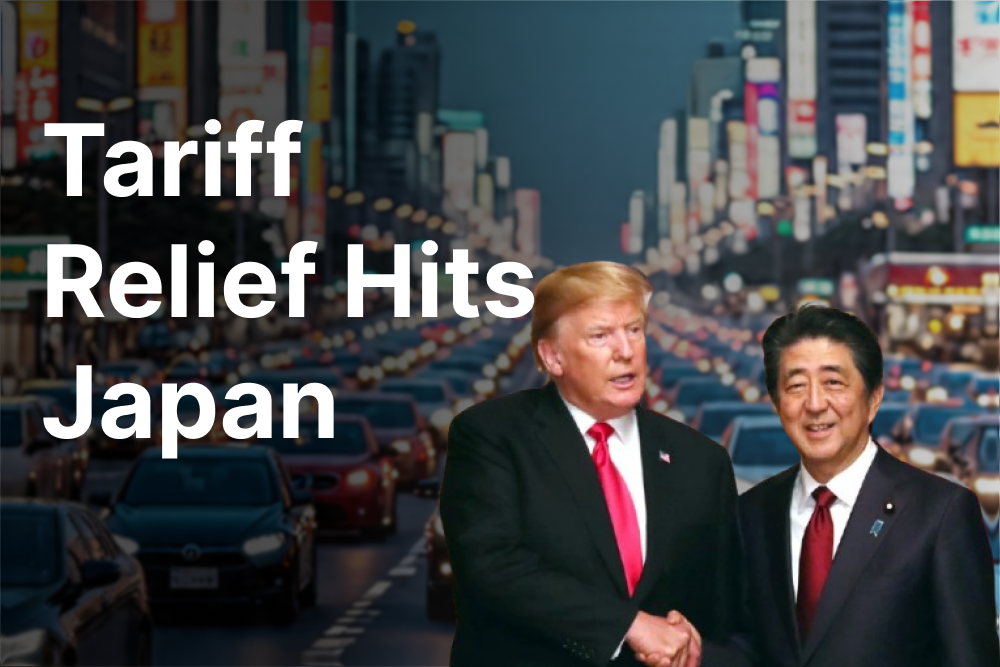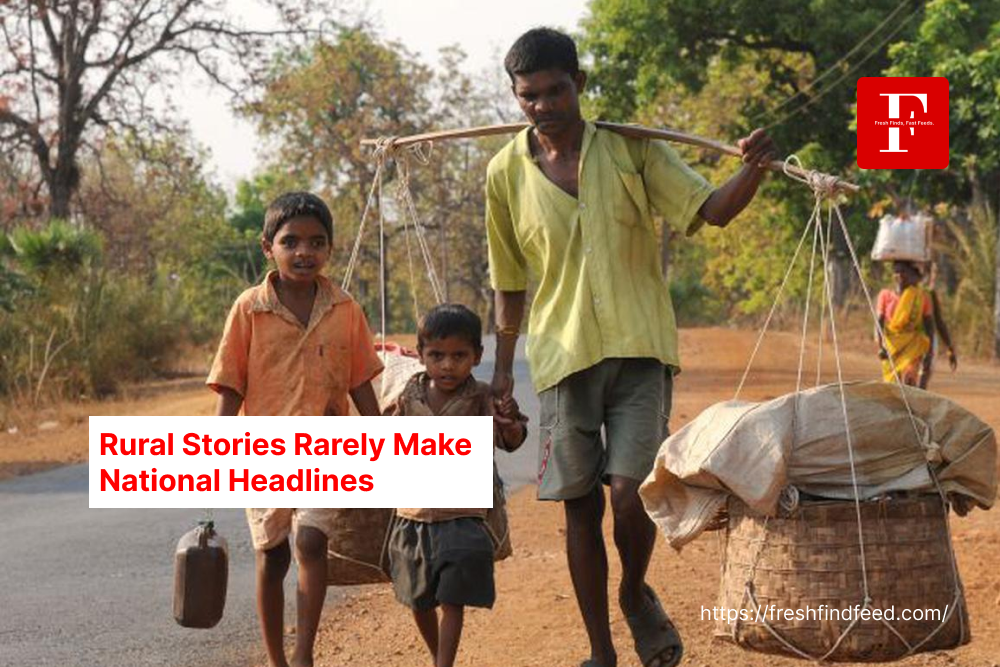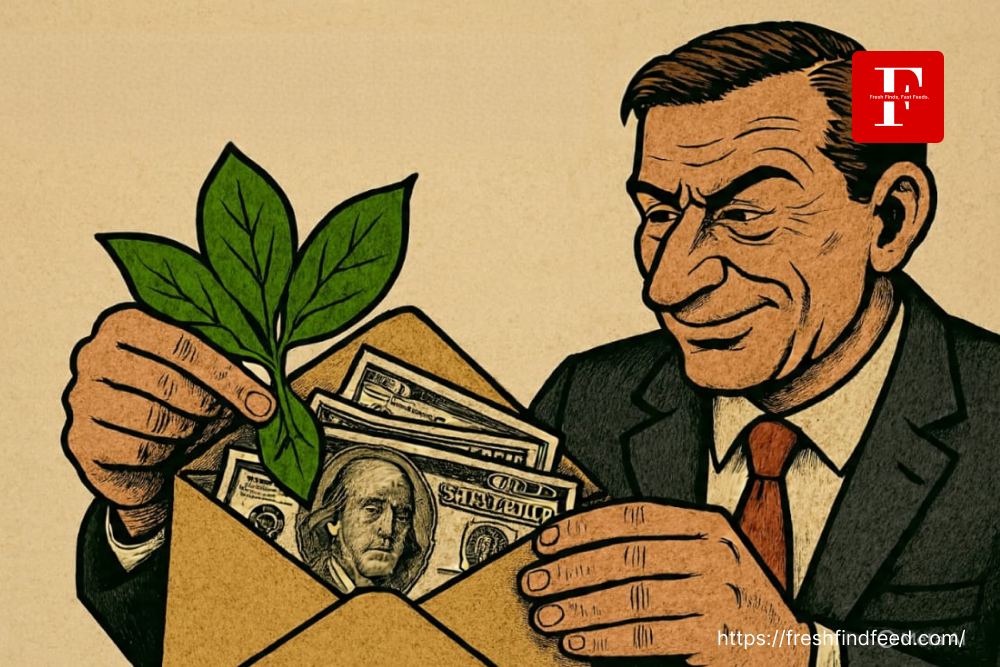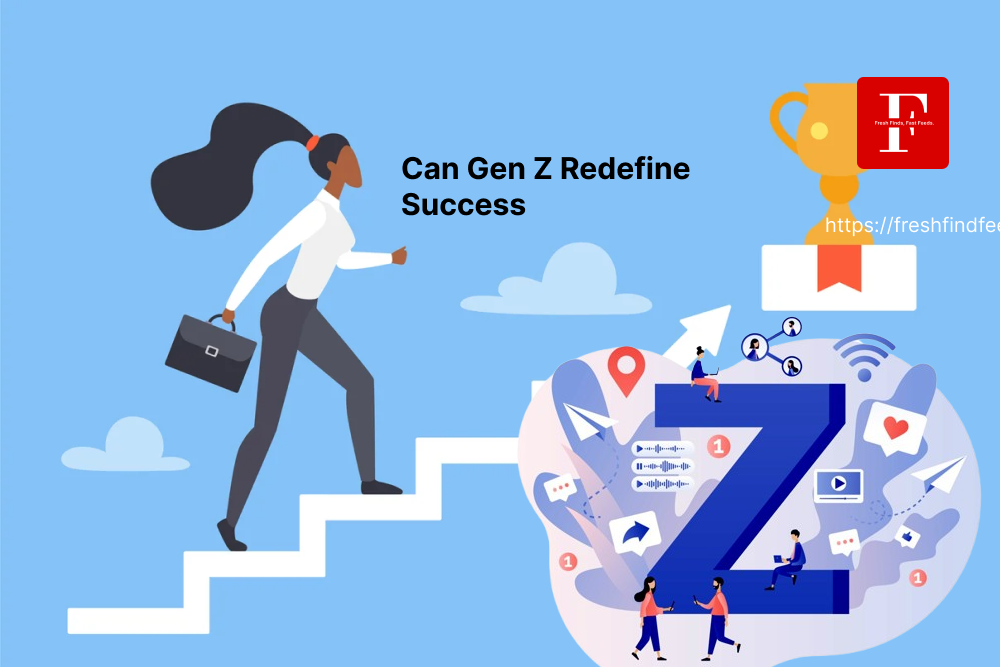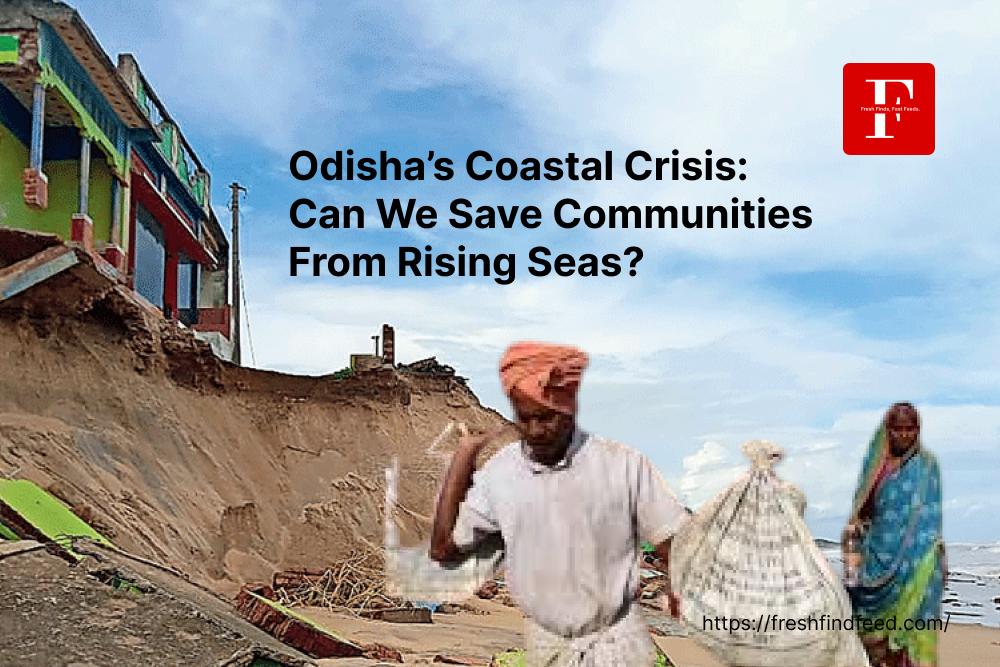The Rise of the Hashtag Revolution
Scroll through Twitter, Instagram, or Facebook and you’ll see it — hashtags calling for justice, equality, climate action, or solidarity. From #MeToo to #BlackLivesMatter, from #JusticeForNirbhaya to #SaveAareyForest, social media has given ordinary people a stage to amplify their voices.
It feels empowering: one share can reach thousands, one viral post can shake governments. But beneath the noise lies a harder truth — awareness doesn’t always translate into action.
The Illusion of Involvement
Psychologists call it “slacktivism” — the idea that small, easy acts like liking, sharing, or retweeting make us feel we’ve contributed, even if we haven’t done anything tangible.
Take climate change, for example:
Millions posted about global warming on Earth Day.
But a much smaller fraction actually reduced plastic use, switched to public transport, or planted trees.
Social media gives us the illusion of change, but in reality, it often stops at awareness.
What the Data Tells Us
Studies back this up:
Pew Research (2023): Over 70% of young people worldwide have joined some form of online activism, but fewer than 20% took offline action afterward..
Deloitte India survey (2024): 64% of Gen Z say social media activism matters, but only 28% volunteer, donate, or push for policy changes.
Reuters Institute (2024): Just 37% of Indians believe hashtag movements lead to long-term change.
This gap between digital passion and real-world participation is the heart of the problem.
The Echo Chamber Trap
Here’s another issue: algorithms. Platforms like Instagram or X (Twitter) mostly show us content we agree with. So when you share a post about gender equality, it’s mostly seen by people who already support it.
Instead of sparking new debates, activism often stays stuck in echo chambers, where people cheer each other but rarely influence the opposite side.
When Movements Worked — and When They Didn’t
Let’s look at some case studies:
The Arab Spring (2010–11): Began online, but succeeded only because it spilled into the streets. Without offline protests, governments wouldn’t have felt the pressure.
#MeToo Movement: Sparked global conversations and changed workplace policies, but in India, while awareness rose, only a handful of cases led to court convictions.
Climate Strikes: Greta Thunberg’s digital activism worked because it mobilized millions physically — students left classrooms, protests filled cities.
Indian Farmers’ Protest (2020–21): A rare example where hashtags + ground-level protests forced the government to repeal controversial farm laws.
The lesson? Online energy needs offline fuel. Hashtags ignite the fire, but it’s the marches, petitions, lobbying, and persistence that keep it burning.
The Attention Span Crisis
Another problem is attention span. Online trends are like fireworks — bright but short-lived. One week it’s #SaveTheBees, next week it’s #SaveTheWhales, and soon both are forgotten.
Movements without structure or leadership often fade as soon as the algorithm moves on. And that’s dangerous, because social justice requires years of pressure, not days of trending.
Global vs. Indian Activism
Globally, social media activism connects strongly with NGOs and lobbying groups. For instance, in the US, online climate campaigns often push bills through Congress.
In India, activism is more fragmented. Movements trend rapidly but lack organized offline follow-through. For example:
#SaveAareyForest gained traction but couldn’t stop metro construction in Mumbai.
#JusticeForSSR (after Sushant Singh Rajput’s death) dominated Twitter for months but resulted in little meaningful systemic reform.
This shows how online activism here often burns fast but fades faster.
From Awareness to Real Action
So what can turn a hashtag into actual change? Experts suggest:
Policy Linkages – Movements must demand specific laws or reforms.
Offline Mobilization – Protests, petitions, fundraisers must back digital buzz.
Partnerships with NGOs – To sustain the energy and push agendas.
Digital Literacy – Activists need to fact-check and fight misinformation within their own campaigns.
Consistency – Instead of trending for a week, campaigns must run for months or years to bring real pressure.
The Final Thought
Social media is a flashlight, not a fire. It shines brightly and spreads awareness faster than anything in history. But without offline fuel — commitment, sacrifice, organization — it burns out quickly.
If we truly want justice, equality, and change, hashtags must be the beginning, not the end. The real revolution still happens when people step outside the screen.




